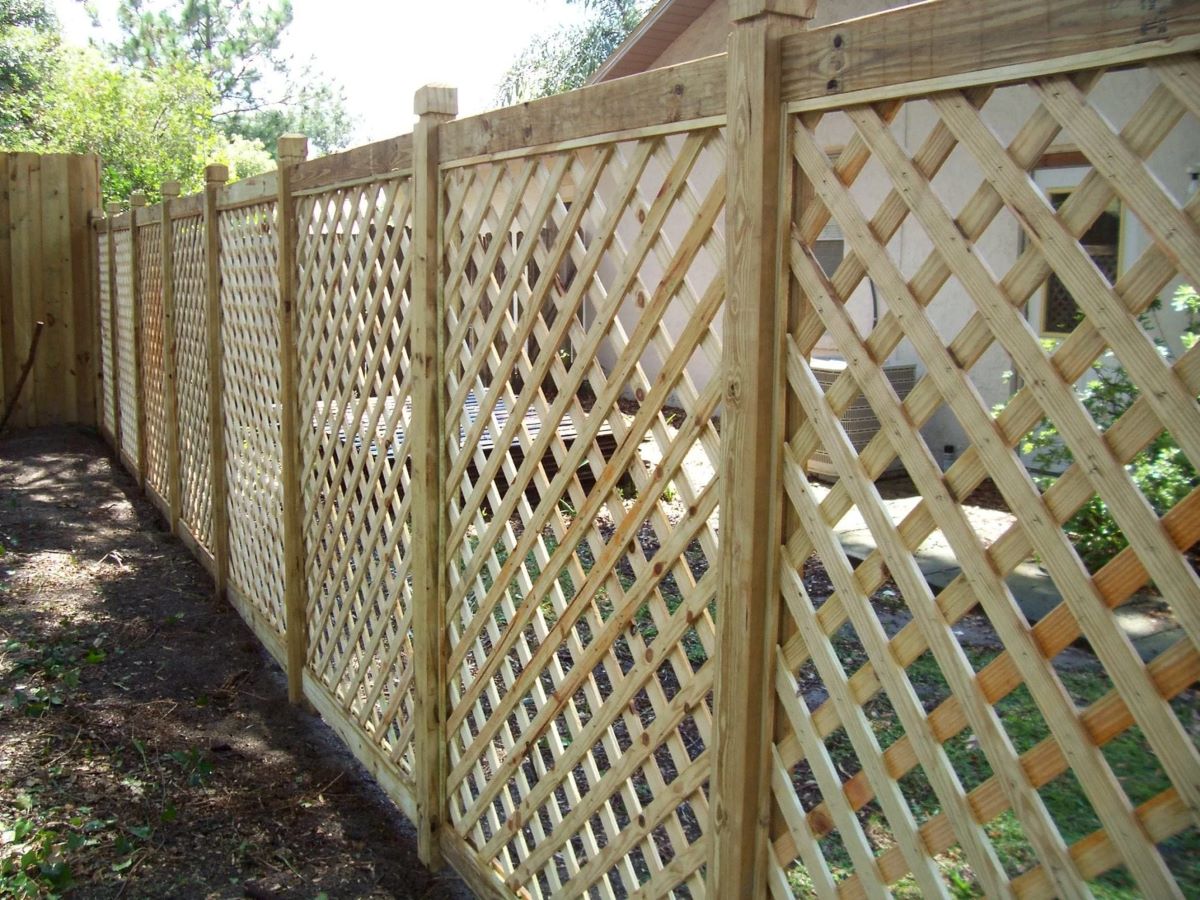

Articles
What Is Lattice Fence
Modified: August 27, 2024
Discover the benefits and uses of lattice fences in our informative articles. Find inspiration, tips, and tricks to enhance your outdoor space with a beautiful lattice fence.
(Many of the links in this article redirect to a specific reviewed product. Your purchase of these products through affiliate links helps to generate commission for Storables.com, at no extra cost. Learn more)
Introduction
Welcome to the world of lattice fences! If you’ve been searching for an aesthetically pleasing and versatile fencing option, then lattice fences might be just what you’re looking for. With their intricate design and charming appeal, lattice fences have gained popularity among homeowners and landscapers alike.
But what exactly is a lattice fence? In its simplest form, a lattice fence is a type of fence that is made up of thin slats or strips of wood, plastic, or metal, arranged in a crisscross or diagonal pattern. The result is a unique and visually appealing pattern that adds a touch of elegance to any outdoor space.
Lattice fences are not only used for their decorative purposes, but they also provide a functional solution for privacy, security, and boundary delineation. Whether you want to create a cozy backyard retreat, enclose a garden area, or add a decorative element to your property’s perimeter, lattice fences offer a versatile and customizable option.
In this article, we will explore the different types of lattice fences, the materials used to construct them, the installation process, and the benefits and maintenance considerations associated with this type of fencing. So, let’s dive in and discover the world of lattice fences!
Key Takeaways:
- Lattice fences offer a versatile and visually appealing solution for enhancing outdoor spaces, providing privacy, supporting climbing plants, and adding a touch of elegance to gardens, patios, and yards.
- With materials like wood, plastic, metal, and fiberglass, lattice fences cater to various needs, from creating privacy screens and garden enclosures to serving as decorative accent pieces and effective windbreaks.
Read more: How To Build Lattice Fence
Definition of Lattice Fence
A lattice fence is a type of fence that consists of intersecting slats or strips arranged in a crisscross or diagonal pattern. These slats are typically made of wood, but can also be constructed using other materials such as plastic or metal. The result is an eye-catching lattice pattern that adds a decorative element to any outdoor space.
What sets lattice fences apart from traditional fences is their unique design. The crisscross or diagonal pattern creates small open spaces between the slats, allowing air and light to pass through while still providing a sense of privacy. These open spaces also make lattice fences ideal for climbing plants or vines to weave through, adding a natural and organic element to the fence.
Lattice fences can be customized to fit a variety of styles and preferences. The size and spacing of the slats can be adjusted to achieve different levels of privacy and aesthetic appeal. Some lattice fences feature smaller openings for increased privacy, while others have larger openings for a more open and airy feel.
Additionally, lattice fences can be constructed in different heights and lengths, making them suitable for various applications. They can be used as boundary fences to define property lines, as privacy fences to enclose a patio or backyard, or as decorative accents on gates, gazebos, or pergolas.
In terms of design, lattice fences come in a range of patterns and styles. The lattice panels can feature intricate designs, such as diamond, square, or diagonal patterns, or they can be more straightforward with simple horizontal or vertical slats. Some lattice fences even incorporate decorative elements like scalloped edges or arched tops, adding a touch of elegance and sophistication to the overall look.
Overall, a lattice fence offers a visually appealing and functional solution for enhancing the appearance of your outdoor space. Whether you’re looking to add a decorative element to your garden or create a private retreat in your backyard, a lattice fence can provide the perfect balance of style and functionality.
Types of Lattice Fence
Lattice fences come in various types, each offering its own unique style and functionality. Here are some of the most common types of lattice fences:
- Traditional Lattice Fence: This is the classic lattice fence design that features intersecting strips in a crisscross pattern. It has a timeless and elegant look, making it a popular choice for many homeowners. The openings between the slats allow for airflow, while still providing a sense of privacy.
- Privacy Lattice Fence: As the name suggests, this type of lattice fence is designed to provide maximum privacy. It typically has smaller openings between the slats, allowing for minimal visibility from the outside. Privacy lattice fences are commonly used around patios, decks, or other outdoor areas where seclusion is desired.
- Decorative Lattice Fence: If you’re looking to add a touch of style and flair to your outdoor space, a decorative lattice fence is an excellent choice. These fences often feature intricate lattice patterns, such as diamond or square designs. The decorative elements can be combined with other fence styles, such as picket or board-on-board, to create a unique and visually appealing look.
- Scalloped Lattice Fence: Scalloped lattice fences add a charming and whimsical touch to any property. The lattice panels have a wavy or scalloped top edge, giving them a more decorative and ornamental appearance. Scalloped lattice fences are often used as decorative accents on gates, garden borders, or as standalone decorative features in the yard.
- Trellis Lattice Fence: A trellis lattice fence serves a dual purpose as both a fence and a support structure for climbing plants or vines. The lattice panels are designed to have wider openings, allowing plants to weave through and create a natural green wall. Trellis lattice fences are perfect for creating vertical gardens or adding a touch of greenery to your outdoor space.
These are just a few examples of the types of lattice fences available. It’s important to consider your specific needs, preferences, and the overall style of your outdoor space when choosing the right lattice fence for you. Whether you’re looking to enhance privacy, add a decorative element, or create a plant-friendly structure, there’s a lattice fence type that is sure to meet your requirements.
Materials Used for Lattice Fence
Lattice fences can be constructed using a variety of materials, each offering its own unique characteristics and benefits. The choice of material will depend on factors such as budget, style preference, durability, and maintenance requirements. Here are some common materials used for lattice fences:
- Wood: Wood is a popular choice for lattice fences due to its natural beauty and versatility. Cedar, redwood, and pressure-treated pine are commonly used because they are durable and resistant to rot and decay. Wood lattice fences can be stained or painted to match any outdoor aesthetic and can be easily customized to suit specific design preferences. However, wood lattice fences require regular maintenance, including staining or painting and sealing, to protect them from the elements.
- Plastic: Plastic lattice fences offer a low-maintenance alternative to wood. They are typically made from high-density polyethylene (HDPE) or vinyl materials. Plastic lattice fences are resistant to rot, decay, and insects, making them a durable option. They are available in various colors and styles, allowing homeowners to choose a design that complements their outdoor space. Plastic lattice fences are relatively easy to clean and maintain, usually requiring only occasional washing to remove dirt and debris.
- Metal: Metal lattice fences, such as wrought iron or aluminum, offer a sturdy and durable option. They provide a sleek and modern look and are often used for more contemporary and industrial designs. Metal lattice fences are resistant to weathering and require minimal maintenance. However, they may be more expensive than other materials and may not offer as much privacy due to the larger openings between the slats.
- Fiberglass: Fiberglass lattice fences combine the benefits of durability and low maintenance. They are resistant to rot, mold, and decay, making them ideal for humid or wet climates. Fiberglass lattice fences can be painted or stained to achieve a desired color and can withstand harsh weather conditions without warping or deteriorating.
When choosing the material for your lattice fence, consider factors such as the climate in your area, the level of maintenance you are willing to commit to, and the overall aesthetic you want to achieve. Each material has its own advantages and considerations, so it’s important to weigh your options and select the one that best suits your needs and preferences.
Installation of Lattice Fence
Installing a lattice fence can be a rewarding DIY project that adds charm and functionality to your outdoor space. While the specific steps may vary depending on the design and materials used, here is a general overview of the installation process:
- Plan and Prepare: Start by measuring the area where the lattice fence will be installed. Determine the desired height and length of the fence and mark the locations for the fence posts. Check with local building codes and obtain any necessary permits before proceeding.
- Prepare the Ground: Clear the area of any vegetation, rocks, or debris. Ensure that the ground is level and compacted to provide a stable foundation for the fence.
- Set the Posts: Dig post holes at regular intervals according to your design plan. The depth and diameter of the holes will depend on the height and weight of the fence. It is recommended to dig holes at least one-third to one-half the height of the fence. Place the posts in the holes and secure them with concrete or gravel for stability. Use a level to ensure the posts are perfectly vertical.
- Attach the Lattice Panels: Once the posts are securely set, it’s time to attach the lattice panels. Measure and cut the panels to fit within the post spacing. Use galvanized screws or nails to attach the lattice panels to the posts. Start at the top of each panel and work your way down, ensuring that each panel is level and aligned with the previous one.
- Add Framing (Optional): For added strength and stability, some lattice fences may incorporate additional framing. This can be achieved by attaching horizontal and vertical boards around the lattice panels. The framing can also provide a more finished and polished look to the fence.
- Finishing Touches: Finally, inspect the fence to ensure it is secure and level. Make any necessary adjustments and add any desired decorative elements, such as post caps or finials. If desired, stain or paint the fence to protect and enhance its appearance.
It’s important to consult the manufacturer’s instructions and guidelines for the specific lattice fence materials you are using, as well as any local building codes, to ensure proper installation and compliance.
If you’re not comfortable with DIY installations or if the project seems overwhelming, consider hiring a professional fence installer who can expertly handle the installation process for you.
By following these installation steps, you can create a beautiful lattice fence that adds privacy, enhances the aesthetics of your outdoor space, and provides a sense of boundary and security for your property.
A lattice fence is a decorative and functional fencing option that provides privacy while still allowing some light and airflow. It can be used to define boundaries, create a focal point in a garden, or add visual interest to a yard.
Read more: What To Use Instead Of Lattice Under Porch
Benefits of Lattice Fence
A lattice fence offers a range of benefits that make it a popular choice for homeowners and landscapers. Let’s explore some of the advantages of installing a lattice fence:
- Enhanced Privacy: While lattice fences have openings between the slats, they still provide a level of privacy for your outdoor space. The crisscross or diagonal pattern partially obscures the view while allowing air and light to pass through. For increased privacy, opt for lattice panels with smaller openings or consider adding climbing plants or vines that can further shield your area.
- Improved Aesthetics: Lattice fences are aesthetically pleasing and can enhance the overall look of your outdoor space. The intricate lattice pattern adds a touch of elegance and charm, creating a visually appealing backdrop for your garden, patio, or yard. Lattice fences are available in various styles and designs, allowing you to customize the look to match your personal style and complement the architecture of your home.
- Versatility: Lattice fences are incredibly versatile and can be used in a variety of ways. They can be employed as standalone fences to define property boundaries, as decorative accents on gates or arbors, or as privacy screens around patios or decks. The versatility of lattice fences allows you to incorporate them into any outdoor space, regardless of its size or layout.
- Increased Airflow: Unlike solid fences, lattice fences allow for better airflow. The open design of the lattice panels allows air to circulate freely, reducing the risk of stagnant air and promoting ventilation. This can be particularly beneficial in hot climates, helping to create a cooler and more comfortable outdoor environment.
- Support for Plants: Lattice fences provide an ideal structure for climbing plants and vines. The openings in the lattice panels allow plants to weave through and create a natural, green wall. This not only adds a lush and vibrant element to your fence but also allows you to create vertical gardens or provide support for plants that require some elevation.
- Lighting Possibilities: Lattice fences offer opportunities to incorporate outdoor lighting into your space. The openings in the lattice panels can be used to string lights or hang lanterns, creating a warm and inviting ambiance. This can be particularly appealing for outdoor entertaining areas, as it allows you to extend your time outdoors and enjoy your yard or patio well into the evening.
By installing a lattice fence, you can enjoy the benefits of increased privacy, enhanced aesthetics, versatility, improved airflow, and the opportunity to incorporate greenery and lighting into your outdoor space. Whether you’re looking to define your property, add a decorative element, or create a cozy retreat, a lattice fence can provide the perfect solution.
Maintenance of Lattice Fence
Maintaining a lattice fence is crucial to ensure its longevity, appearance, and functionality. While the specific maintenance requirements may vary depending on the type of material used, here are some general maintenance tips to keep your lattice fence in great condition:
- Cleaning: Regular cleaning is essential to remove dirt, debris, and grime that may accumulate on the lattice panels. Use a garden hose or a soft brush to gently scrub the surface of the fence. For more stubborn stains, a mixture of mild soap and water can be used. Avoid using harsh chemicals or abrasive cleaners, as they can damage the fence material.
- Inspect for Damage: Periodically inspect the lattice fence for any signs of damage, such as loose or broken slats, posts, or hardware. Repair or replace any damaged components promptly to prevent further deterioration and to maintain the integrity of the fence.
- Staining or Painting: Wood lattice fences may require periodic staining or painting to enhance their appearance and protect them from the elements. Follow the manufacturer’s recommendations for the appropriate type of stain or paint to use. Before applying the stain or paint, ensure the fence is clean and dry, and apply it in accordance with the product instructions.
- Sealing (for Wood Fences): If your lattice fence is made of wood, consider applying a sealant or wood preservative to protect it from moisture, rot, and pests. The sealant can help extend the lifespan of the fence and maintain its natural beauty. Follow the application guidelines provided by the manufacturer of the sealant.
- Trim Vegetation: If you have climbing plants or vines growing on your lattice fence, regularly trim and prune them to prevent overgrowth or damage to the fence. Overgrown vegetation can put pressure on the lattice panels and may cause them to warp or become unstable.
- Winter Protection: In colder climates, it’s important to take steps to protect your lattice fence during the winter months. Clear any snow or ice accumulation from the fence, as the weight can put strain on the structure. Consider applying a winterizing product or covering the fence to provide added protection against freezing temperatures and moisture.
It is important to consult the manufacturer’s guidelines and recommendations specific to your lattice fence material for the best maintenance practices. By following these maintenance tips, you can ensure that your lattice fence remains in good condition, prolong its lifespan, and continue to enhance the aesthetics and functionality of your outdoor space for years to come.
Popular Uses of Lattice Fence
Lattice fences are a versatile and visually appealing option that can be used in various ways to enhance and transform outdoor spaces. Here are some popular uses of lattice fences:
- Privacy Screens: Lattice fences are commonly used as privacy screens in outdoor areas such as patios, decks, or poolside. Their unique design allows for partial privacy while still allowing airflow and light through the openings. Lattice privacy screens can create a cozy and secluded atmosphere in your outdoor space.
- Garden Enclosures: Lattice fences are an excellent choice for enclosing gardens or specific areas of your yard. They can create a defined space for growing flowers, herbs, or vegetables, while adding a decorative element to your garden. The openings in the lattice panels also allow climbing plants to grow and intertwine, giving your garden a beautiful and natural backdrop.
- Boundary Fencing: Lattice fences can be used as a boundary fence to define property lines or enclose your entire yard. Their aesthetic appeal and versatile design make them a popular choice for homeowners who want to maintain a sense of openness while still providing a clear physical boundary.
- Accent Pieces: Lattice fences can serve as accent pieces in your outdoor space, adding a touch of visual interest and charm. They can be used as decorative accents on gates, pergolas, trellises, or arbors, creating a focal point or an inviting entryway to your garden or patio area.
- Outdoor Décor: Lattice fences can be used to add dimension and style to your exterior walls or structures. Installing lattice panels against a bare wall can instantly transform it into an eye-catching feature. You can also hang outdoor artwork, lights, or planters on lattice fences to further enhance the aesthetics of your outdoor space.
- Windbreaks: Lattice fences can act as effective windbreaks, providing protection from strong winds without completely blocking airflow. This is particularly useful in open or exposed areas where wind can be a challenge, such as coastal regions or high elevations.
The uses for lattice fences are only limited by your creativity and the specific needs of your outdoor space. Whether you want to create privacy, enclose a garden, add decorative accents, or provide structural support for climbing plants, lattice fences offer a versatile and visually appealing solution.
Consider the unique characteristics and features of your yard or garden and choose a lattice fence design and placement that will best complement your overall landscape design and meet your desired goals.
Conclusion
Lattice fences are a versatile and attractive option for enhancing the aesthetics and functionality of your outdoor space. With their intricate design and customizable features, lattice fences offer a range of benefits that appeal to homeowners and landscapers alike.
From providing privacy and defining boundaries to adding a decorative touch and supporting climbing plants, lattice fences can be utilized in various ways to transform your outdoor area. Their unique crisscross or diagonal pattern adds visual interest and charm, while still allowing airflow and a sense of openness.
When choosing a lattice fence, consider factors such as the material, design, and maintenance requirements that best suit your needs and preferences. Wood, plastic, metal, and fiberglass are common materials used for lattice fences, each offering its own set of advantages and considerations.
Maintaining your lattice fence is essential to ensure its longevity and appearance. Regular cleaning, inspections for damage, staining or painting (for wood fences), and trimming vegetation are some of the key maintenance tasks to keep in mind.
Popular uses of lattice fences include privacy screens, garden enclosures, boundary fencing, accent pieces, outdoor décor, and windbreaks. The versatility of lattice fences allows them to be incorporated into various outdoor settings, enhancing the beauty and functionality of your space.
In conclusion, lattice fences are a fantastic choice for homeowners and landscapers seeking to add a touch of elegance, privacy, and charm to their outdoor areas. Whether you’re looking to create a secluded retreat, enclose a garden, or simply enhance the visual appeal of your property, a lattice fence can be the perfect solution. With careful consideration of the materials, design, and maintenance, you can enjoy the benefits of a beautiful lattice fence that will stand the test of time.
Frequently Asked Questions about What Is Lattice Fence
Was this page helpful?
At Storables.com, we guarantee accurate and reliable information. Our content, validated by Expert Board Contributors, is crafted following stringent Editorial Policies. We're committed to providing you with well-researched, expert-backed insights for all your informational needs.
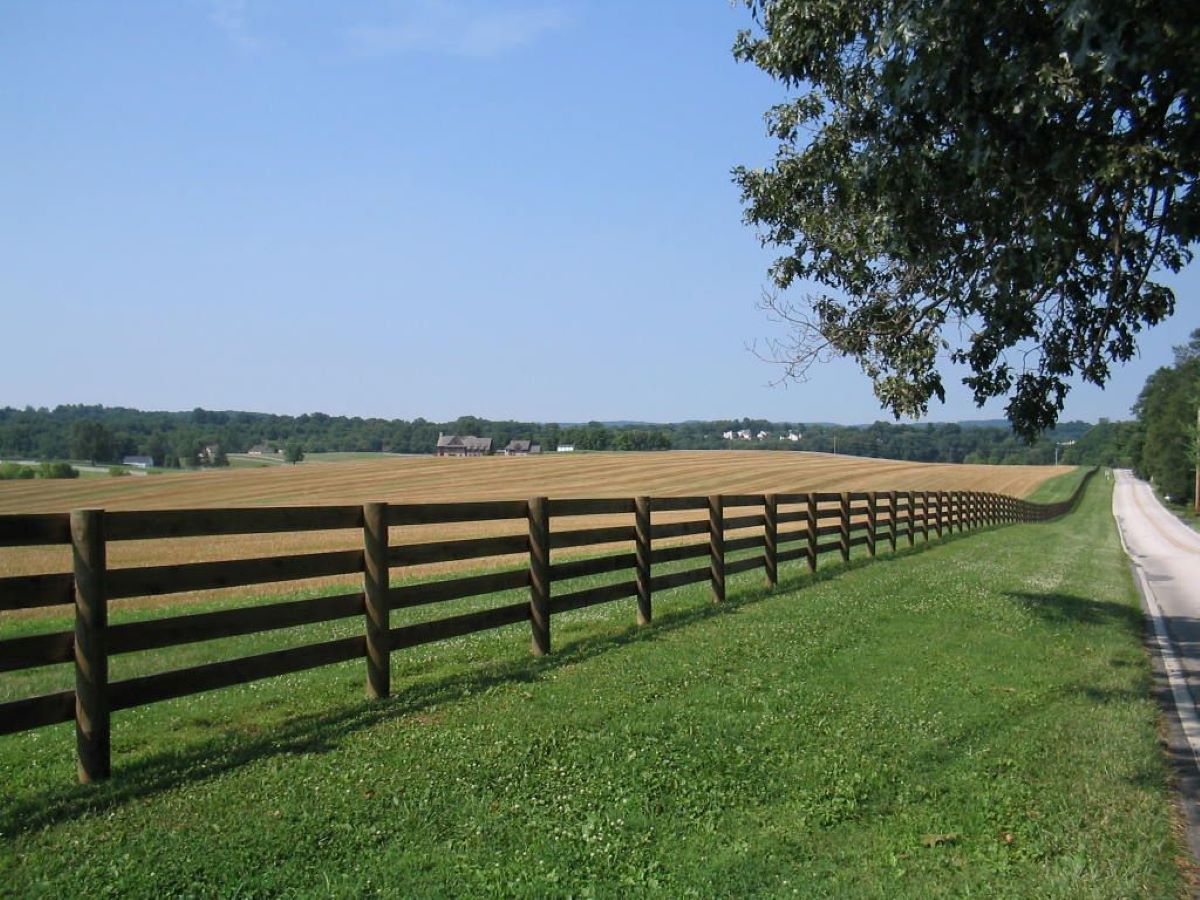
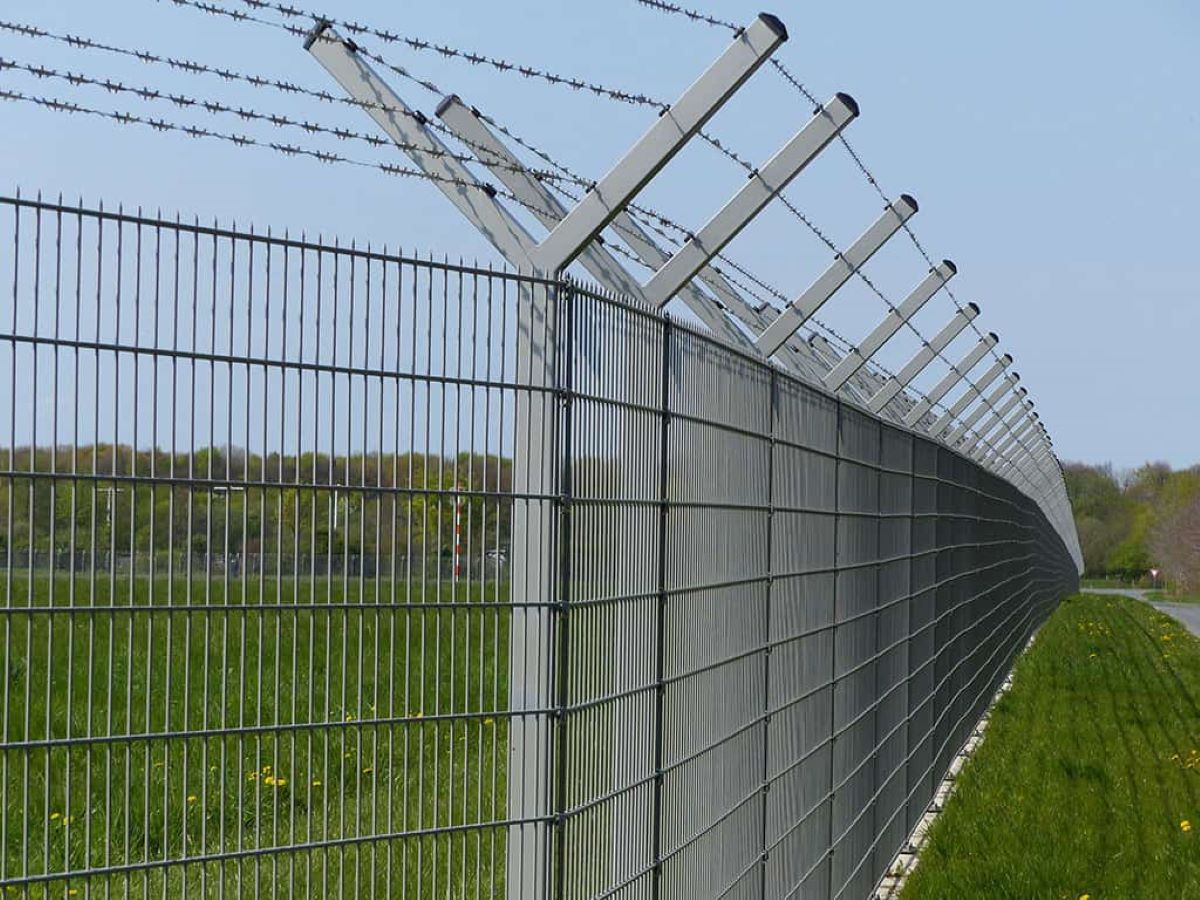
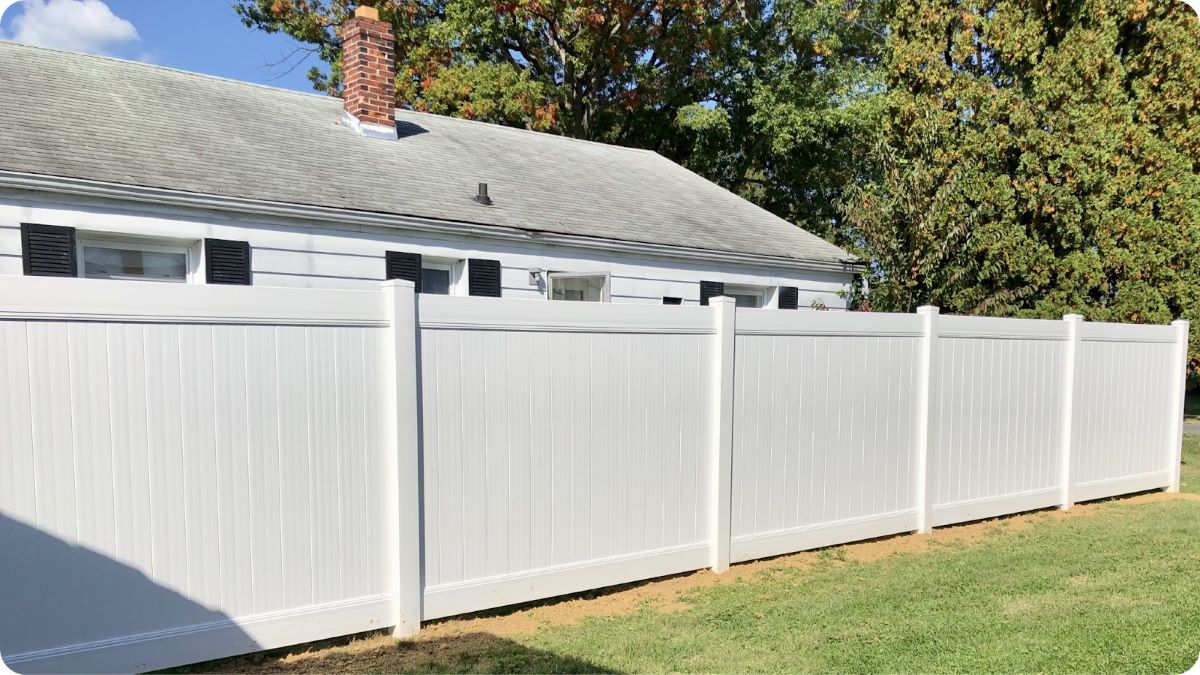
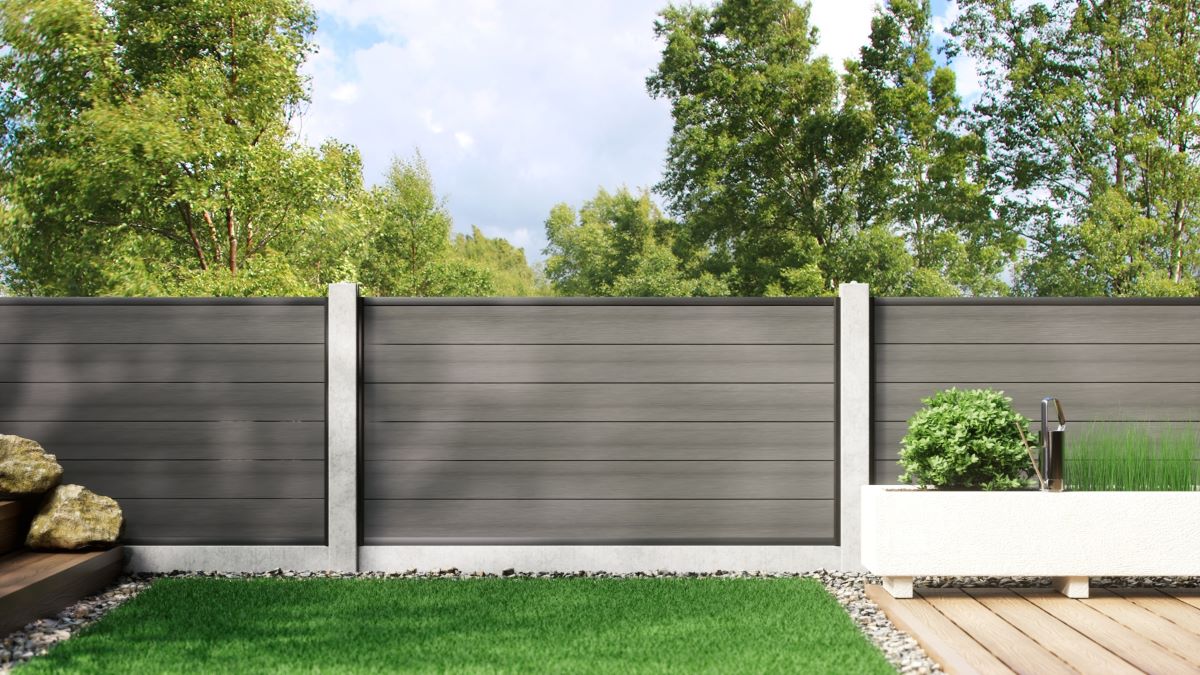
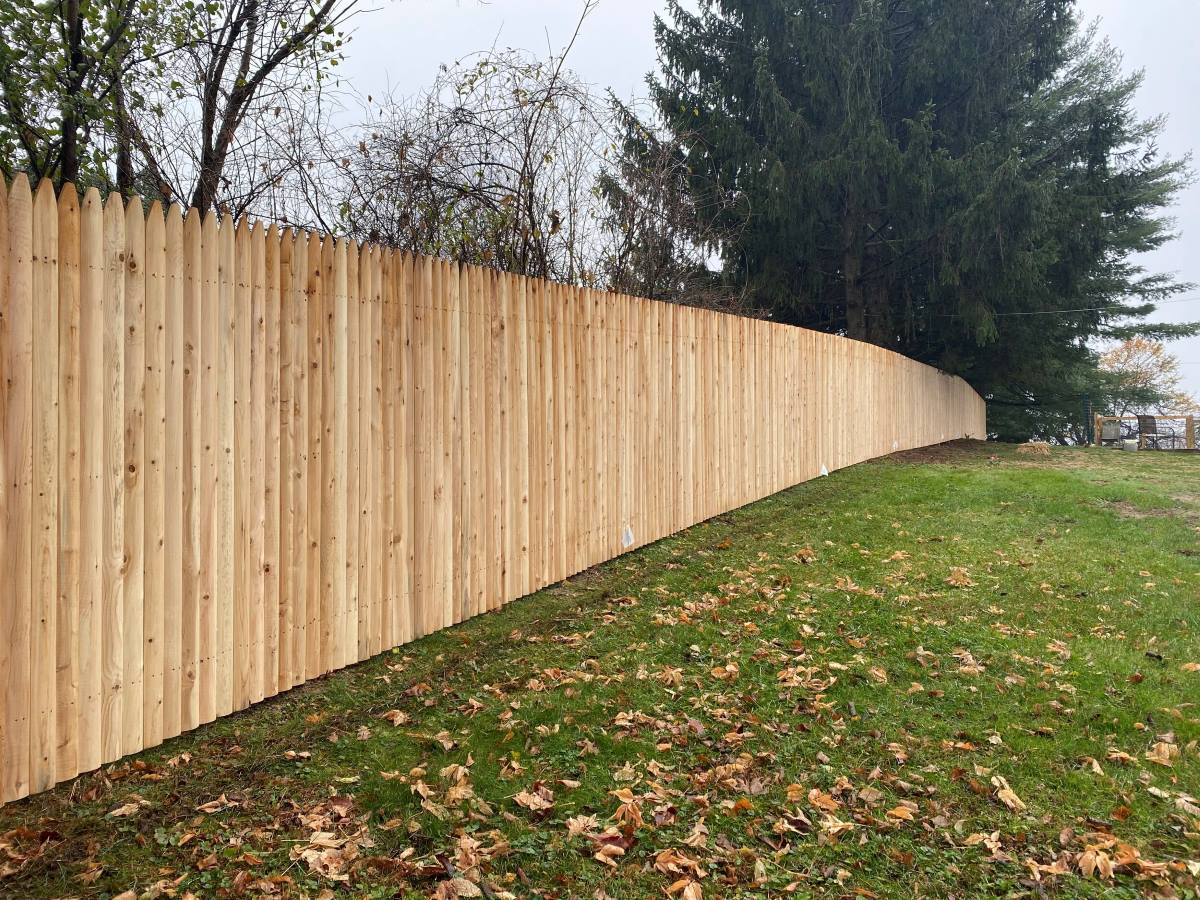
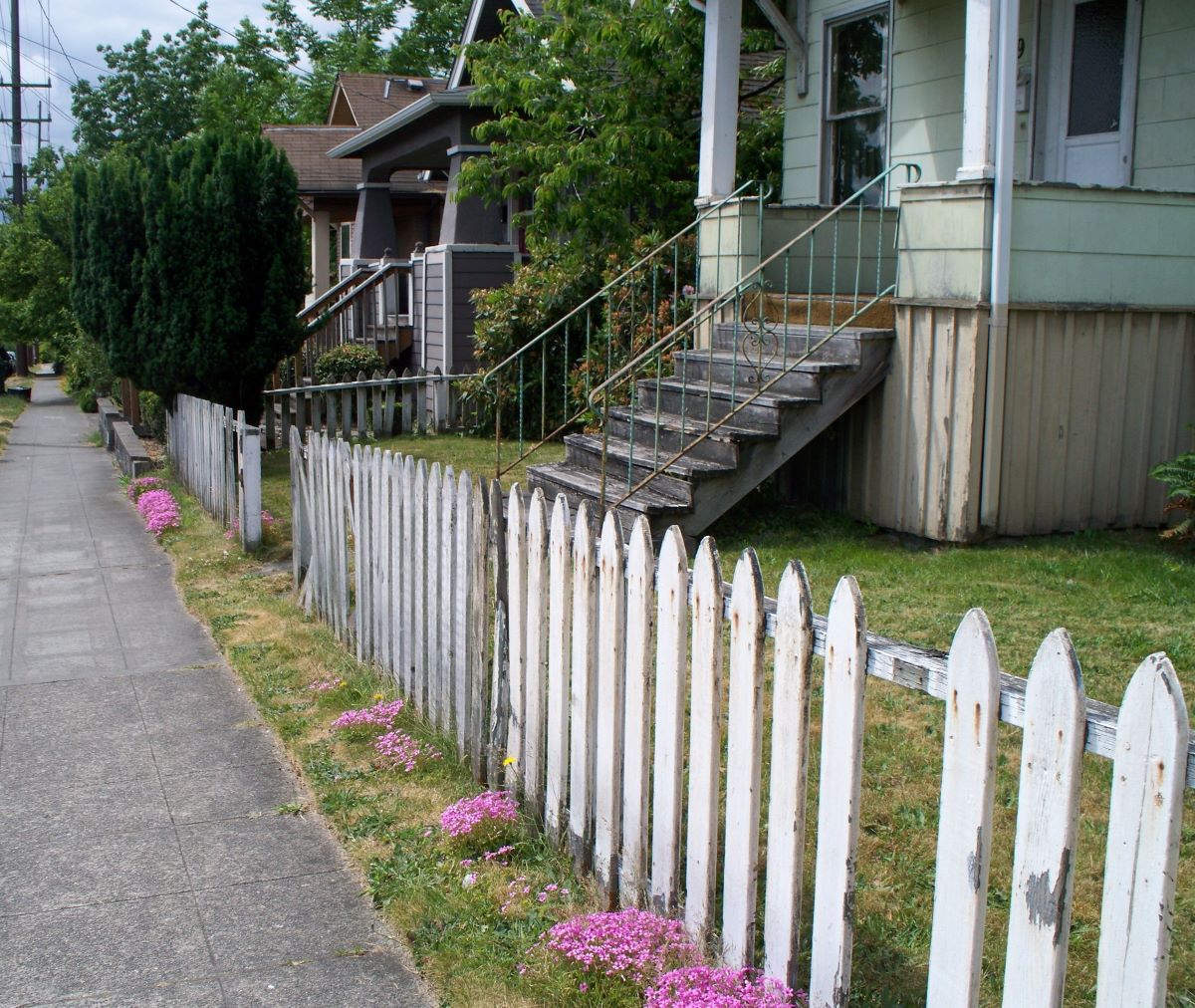
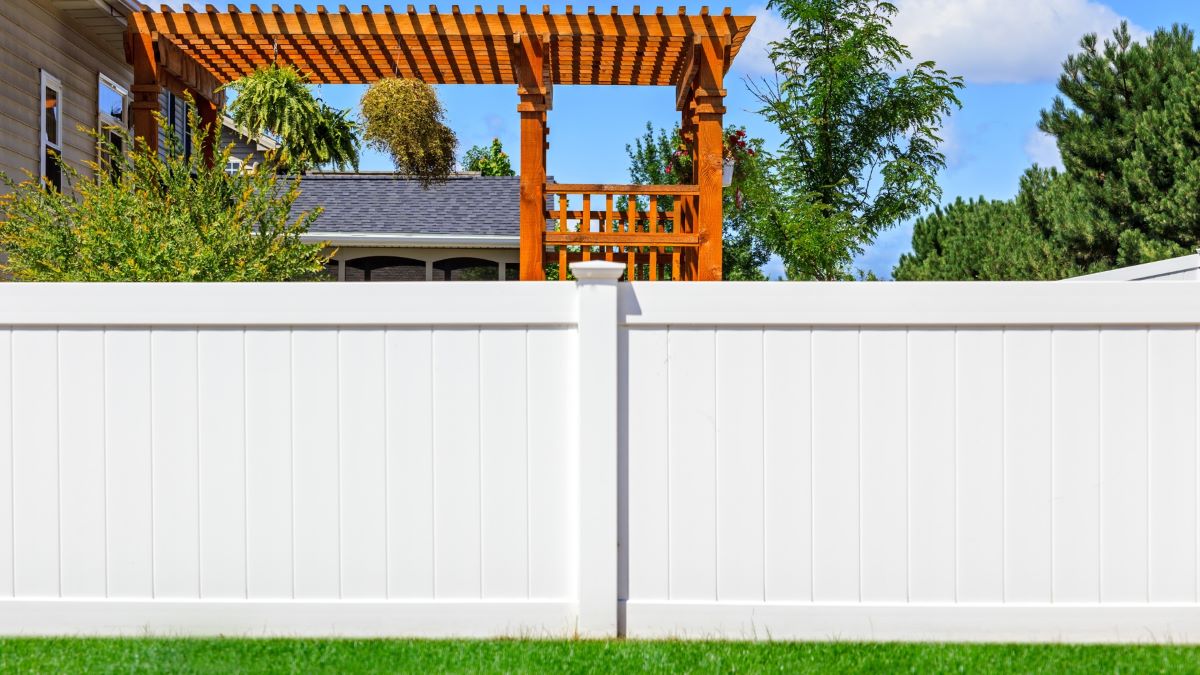
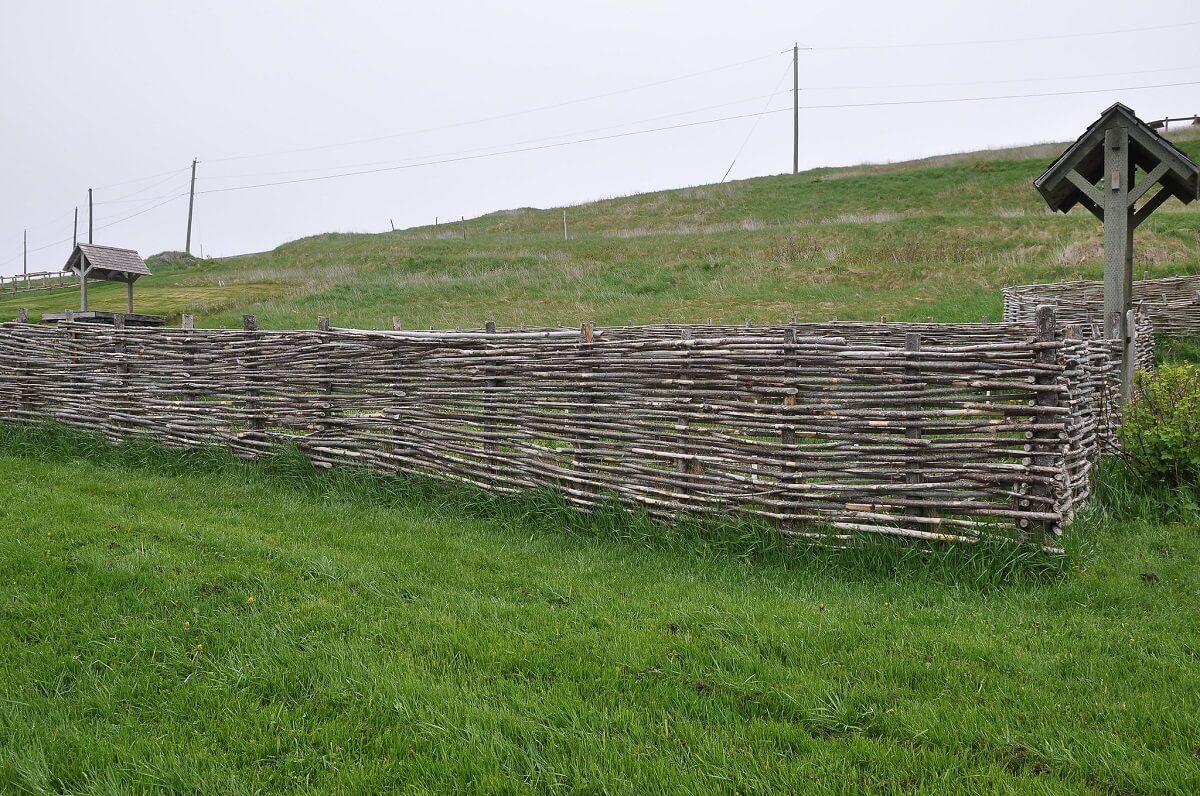
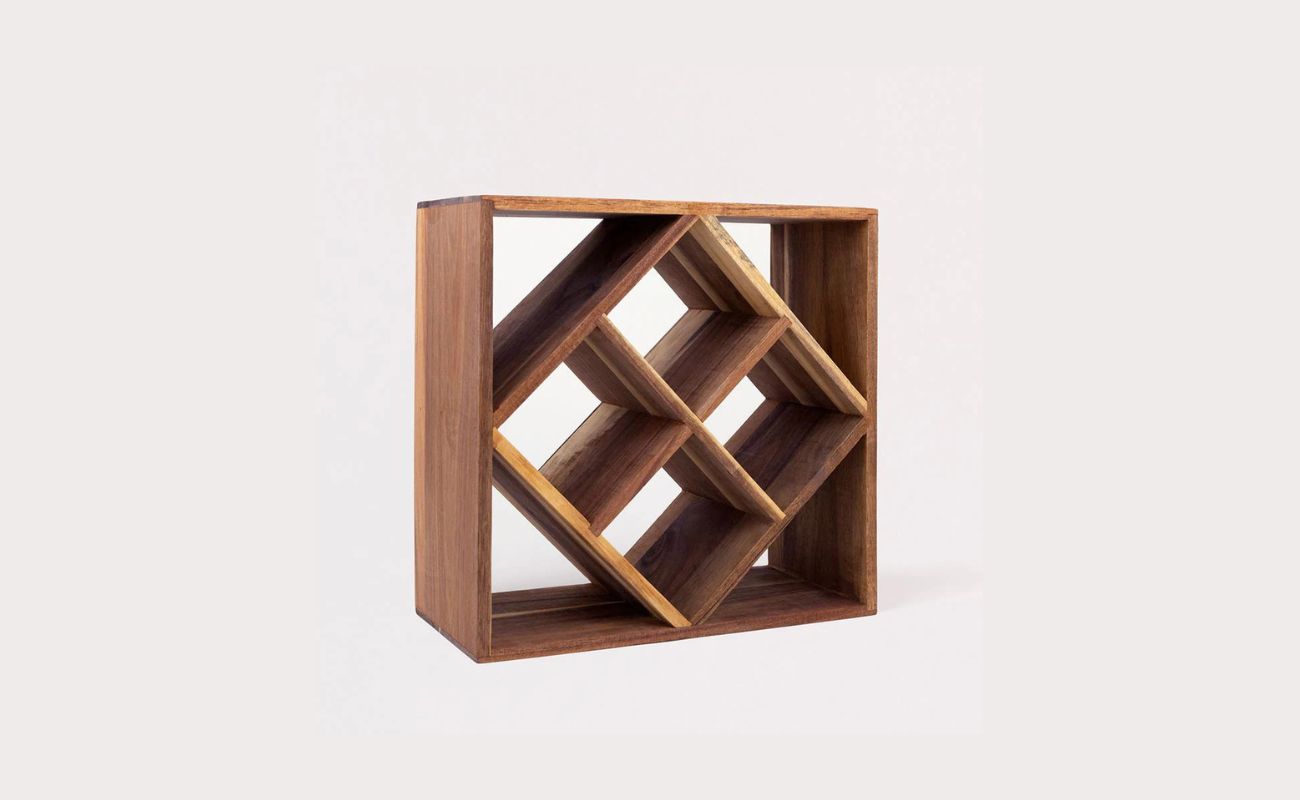
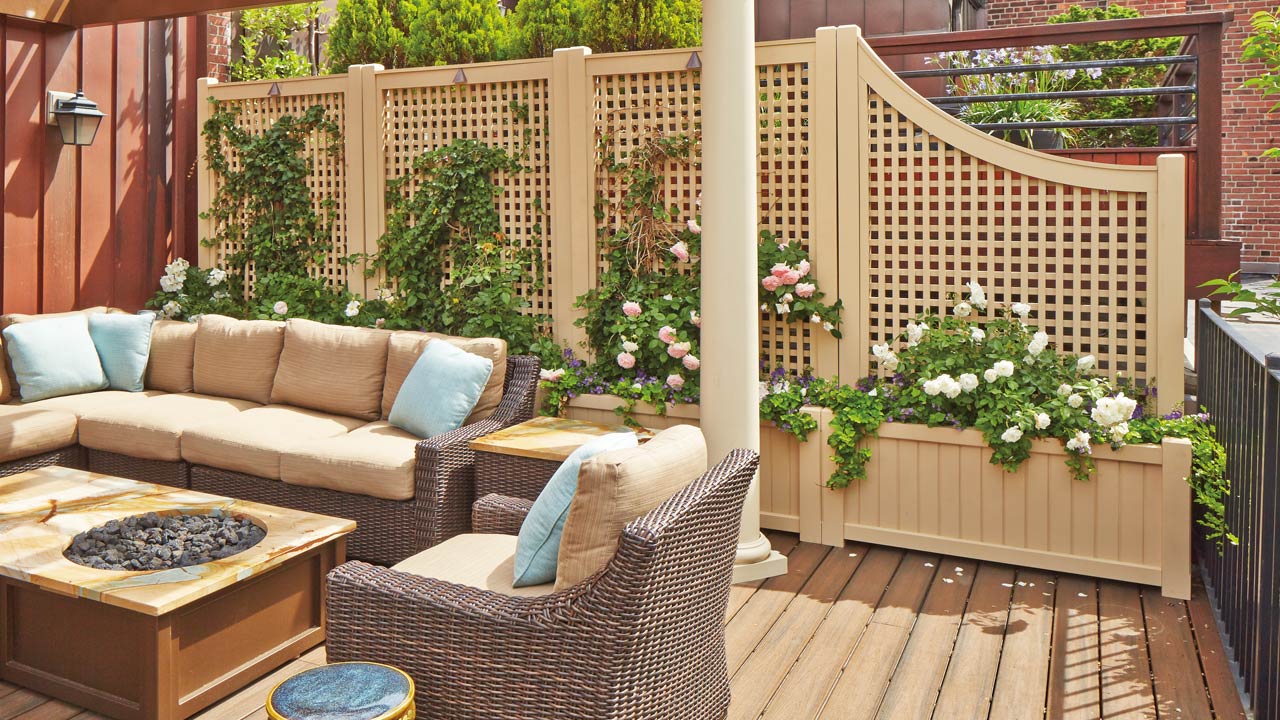
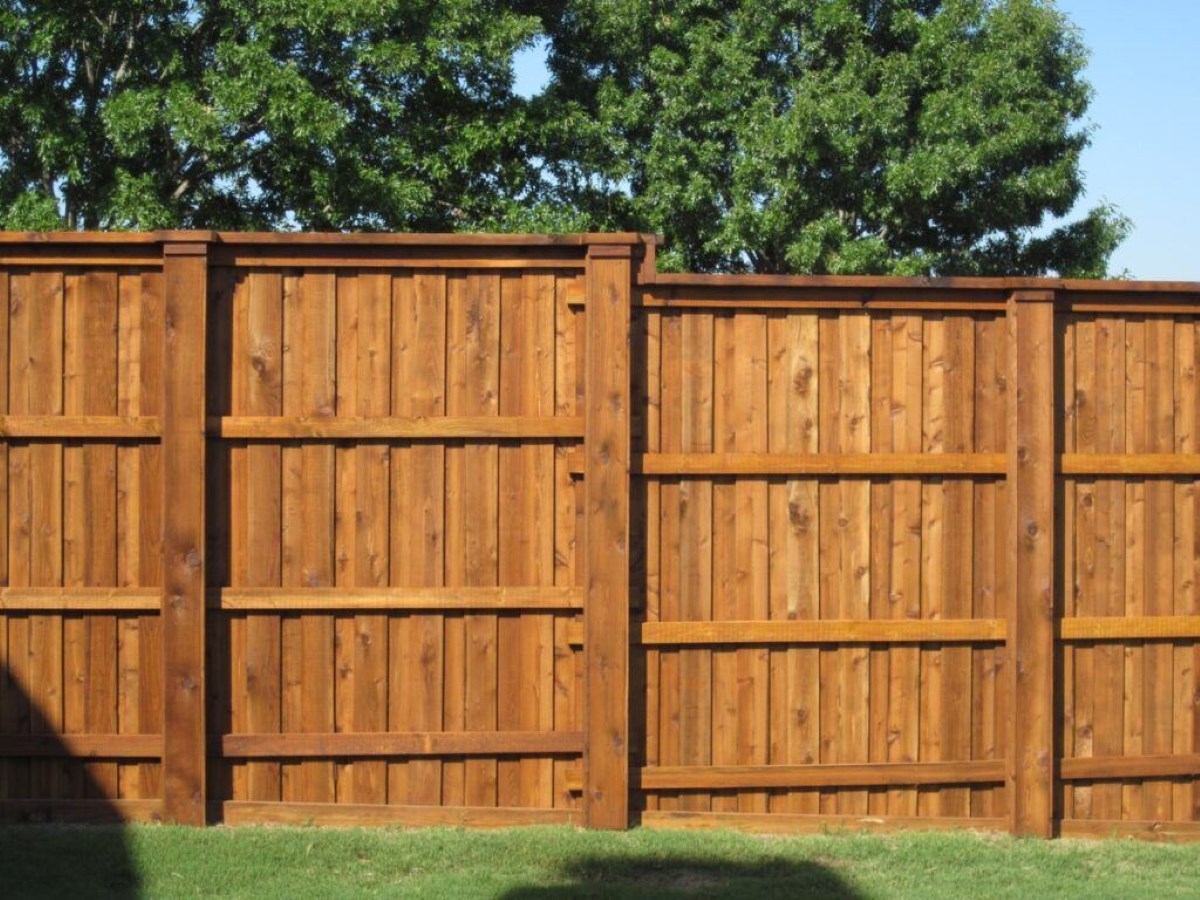
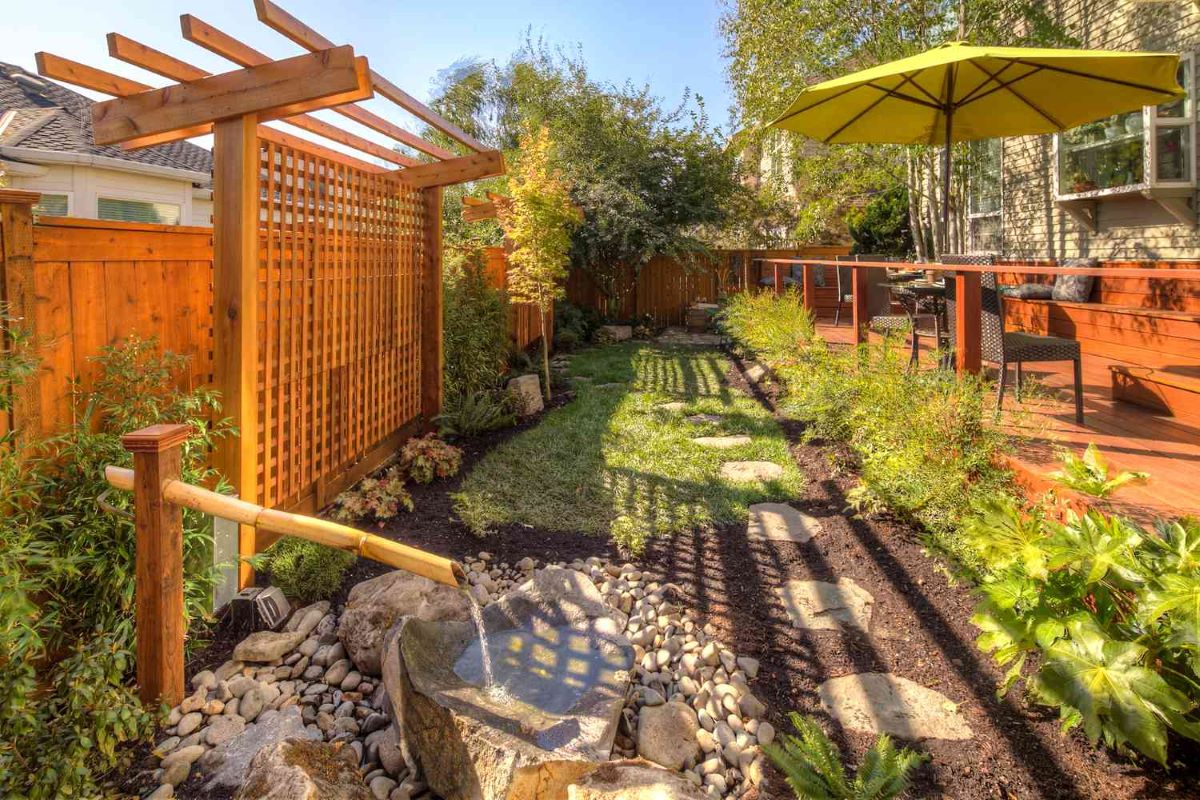
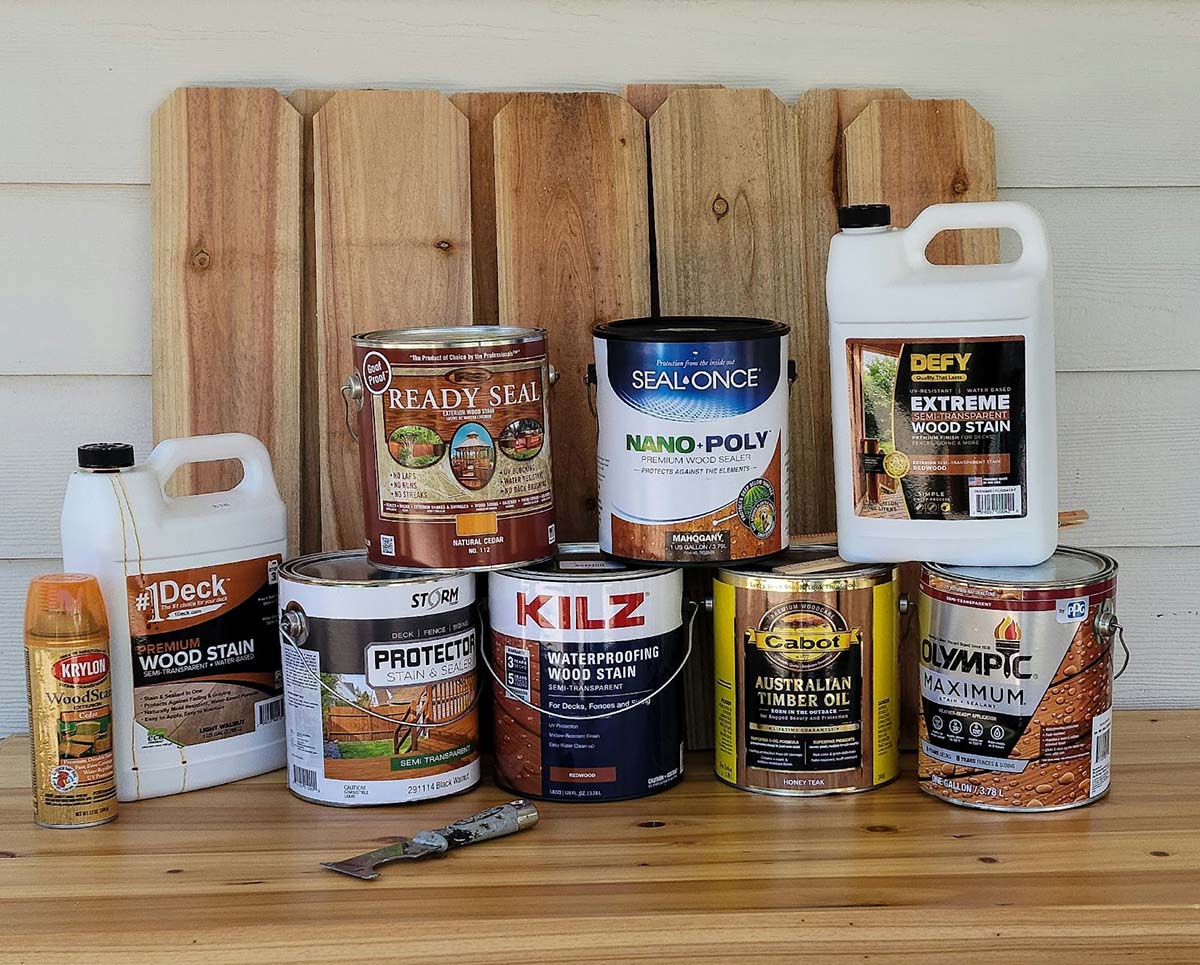
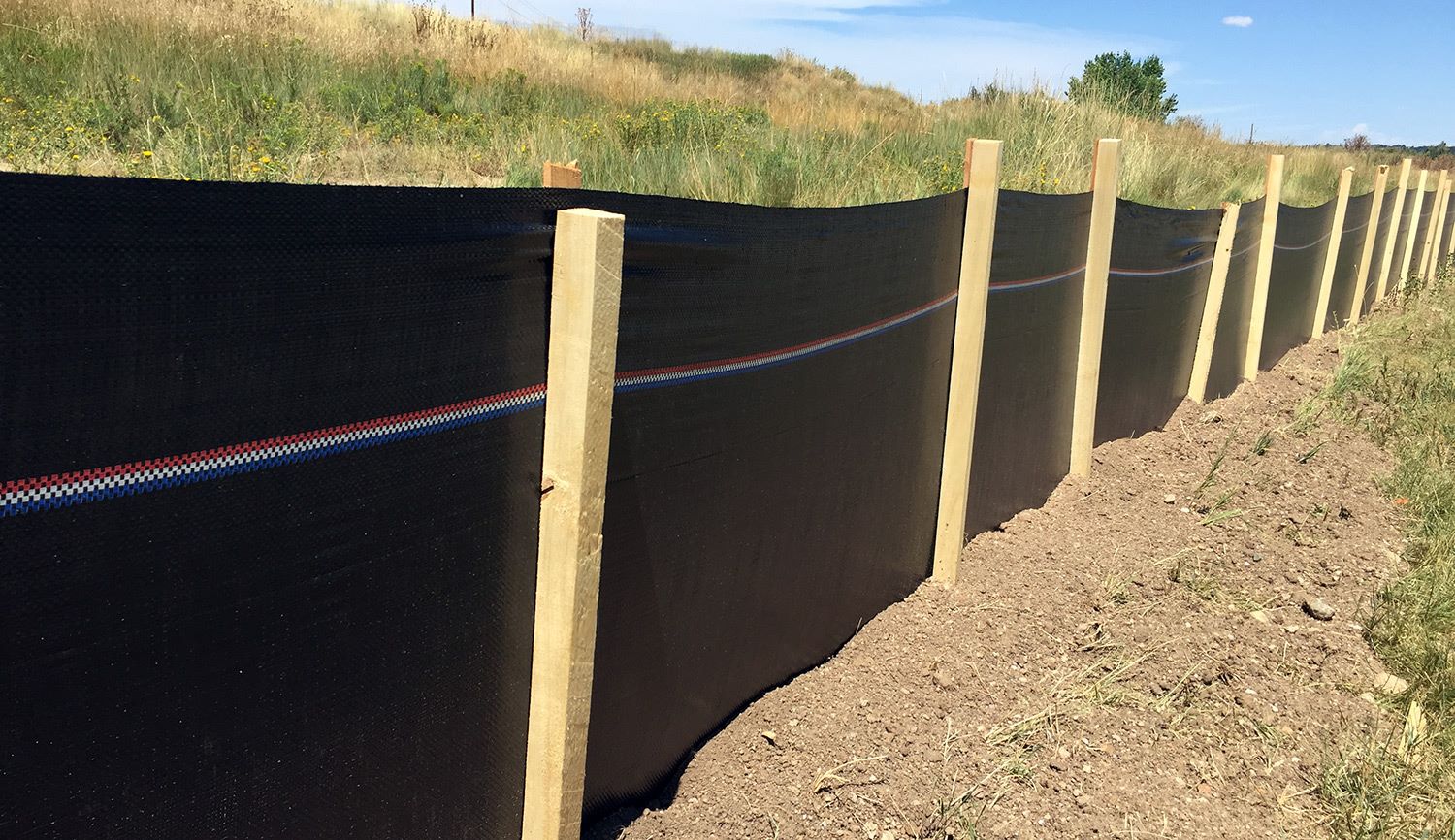

0 thoughts on “What Is Lattice Fence”